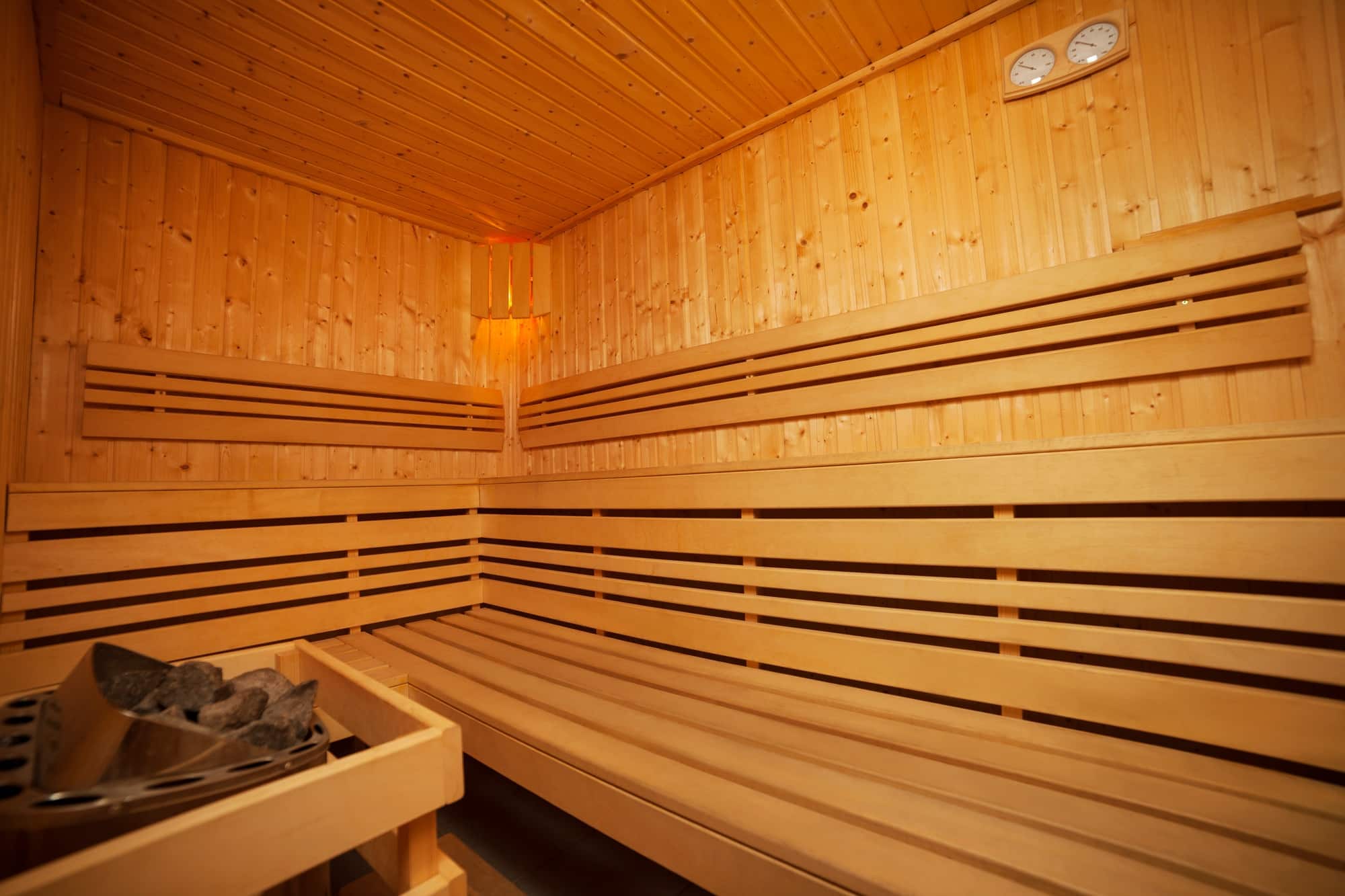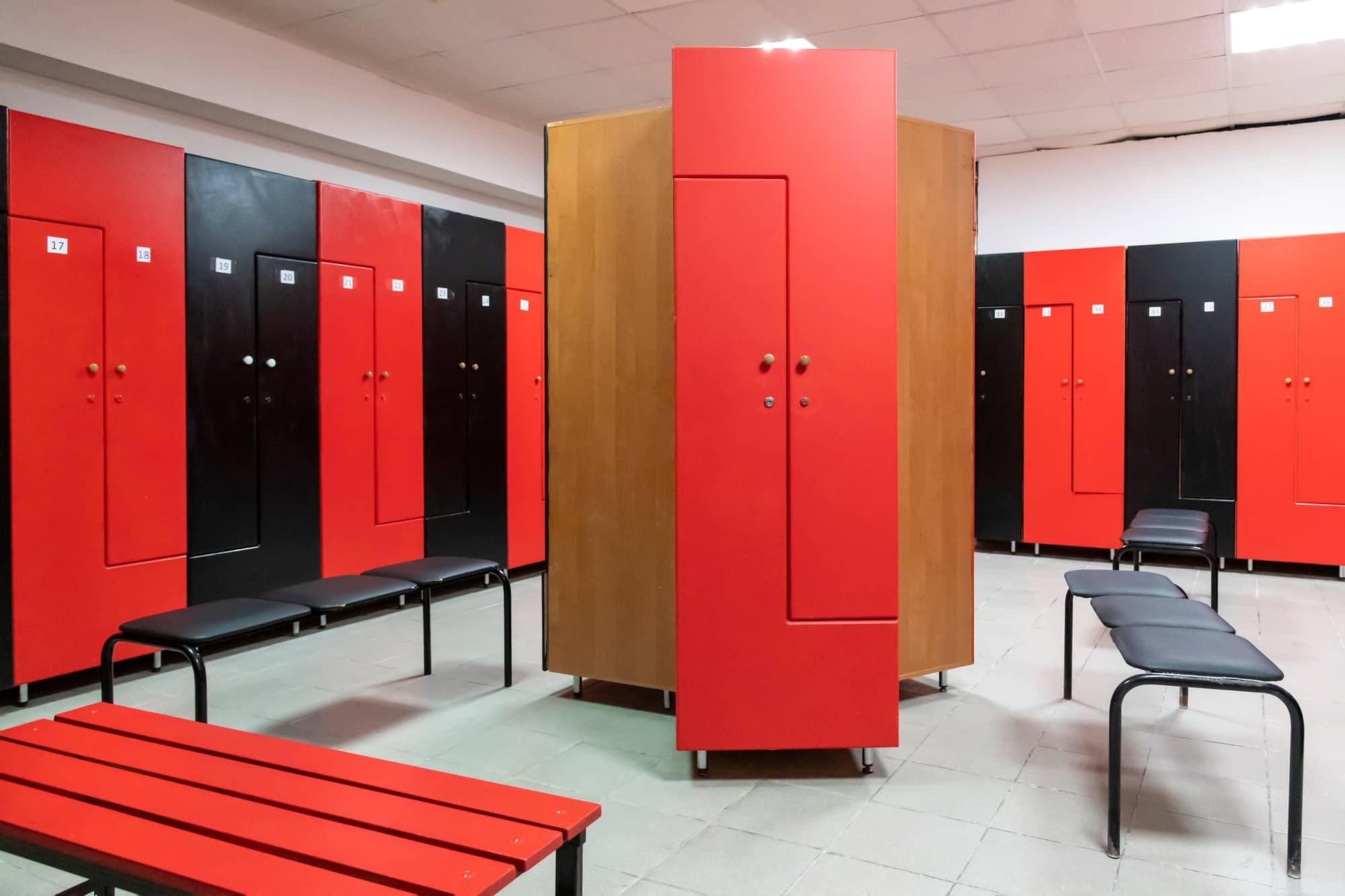
Understanding the Requirements for Face Fit Testing PPE
When it comes to protecting workers from hazardous substances, the importance of correctly fitting personal protective equipment (PPE) cannot be overstated. One critical aspect of PPE when dealing with airborne contaminants, is respiratory protective equipment (RPE). To ensure RPE provides the intended level of protection, face fit testing is a required under the Approved Codes of Practice (ACOPs) supporting a number of regulations, including COSHH. This article will guide you through some of the key requirements and considerations for face fit testing RPE.
Why is Face Fit Testing Important?
Face fit testing is essential because it ensures that the required and selected RPE fits the wearer’s face properly. A poorly fitting mask can allow airborne contaminants to leak into the breathing zone, negating the protective benefits of the RPE. This is especially crucial in environments where workers are exposed to hazardous substances such as dust, fumes, or chemical vapours. Effective fit ensures that the mask forms a proper seal against the skin, preventing dangerous substances from being inhaled.
Legal Requirements for Face Fit Testing
In the UK, the use of RPE is governed by the Control of Substances Hazardous to Health (COSHH) Regulations 2002, along with several other regulations such as the Control of Lead at Work Regulations 2002 and the Control of Asbestos Regulations 2012. These regulations mandate that where RPE is used as a control measure, it must be suitable for the wearer. To achieve this, face fit testing is required under the Approved Codes of Practice (ACOPs) to confirm the adequacy of the fit.
The Health and Safety Executive (HSE) provides clear guidance on face fit testing, specifying that:
- Face fit testing must be conducted by a competent person: This could be someone who has undergone appropriate training or possesses the relevant experience to perform the tests correctly. Competence can be demonstrated by accreditation under the Fit2Fit RPE Fit Test Providers Accreditation Scheme.
- Testing is required for all tight-fitting facepieces: This includes disposable masks, half masks, and full-face masks. Loose-fitting devices like hoods or helmets do not require fit testing but must still be suitable for the specific use case.
- Face fit testing must be repeated in certain situations:
- If the RPE changes. This could include type, model, size, etc…
- If the wearer undergoes any significant changes to their face shape, such as weight fluctuations or dental work, that could affect the fit.
- As a part of the periodic review to ensure ongoing suitability of the RPE.
- Records of the face fit test must be maintained: These records should include, but not restricted to, persons details, the date of the test, the RPE tested, the method used, and the results. Records should be kept for as long as the employee uses the specific type of RPE.
Types of Face Fit Testing

There are two main methods of face fit testing:
- Qualitative Fit Testing: This method is typically used for disposable and half-mask respirators. It involves the wearer tasting or smelling a test agent (like a bitter or sweet solution) while wearing the mask. If the wearer can detect the agent, the fit is inadequate. This method is more subjective but is commonly used for simpler types of RPE.
- Quantitative Fit Testing: This is a more advanced method that uses a machine to measure the actual leakage into the respirator. It provides a numerical result called a fit factor, which quantifies the effectiveness of the mask. This method is generally required for full-face masks and provides more accurate results.
Practical Considerations for Employers
Employers have a duty to ensure that their workers are adequately protected through proper face fit testing. To comply with the regulations:
- RPE fit testing is carried out by a competent person.
- Determine the appropriate method of fit testing: Depending on the type of RPE used, choose between qualitative and quantitative methods.
- Plan and schedule regular fit testing: Ensure that new employees are tested before they start work in hazardous environments and where there is reason to suspect the test is no longer valid, change in RPE model etc… and that periodic retesting is conducted.
- Ensure proper training: Users of RPE should be trained on how to correctly put on and remove, and check the fit of their RPE. Known as fit checking, this is in addition to the face fit test carried out at selection and issue .
- Maintain accurate records: Keep detailed records of all face fit tests conducted, including any follow-up actions required.
Face Fit Testing and Facial Hair
Many masks require a secure seal against the face to ensure that when you inhale, the air is drawn through the filter material. If there are gaps around the edges of the mask, unfiltered air can bypass the filter and enter your respiratory system. It is crucial the mask is worn correctly and checked for a correct fit each time.
Being clean-shaven while wearing tight-fitting masks, which depend on a good seal, helps prevent contaminated air from leaking around the mask edges. Facial hair, such as stubble and beards, can prevent a tight seal between the mask and the face.
If there are good reasons for having a beard (e.g., for religious reasons), alternative forms of RPE, that do not rely on a tight fit to the face, are available.
HSE - Putting on Respirators and Fit Checking
Courtesy of HSE
Conclusion
Face fit testing is an essential part of workplace safety, particularly for environments where workers are exposed to hazardous airborne substances. By understanding and adhering to the legal requirements, ACOPs and guidance, employers can work to ensure that the workforce is adequately protected and reduce the risk of occupational illnesses. Initial and regular fit testing programme, competent persons and suitable training along with diligent record-keeping are key components of a successful RPE programme.
Staying compliant not only safeguards employees but also helps companies avoid potential legal repercussions. Always consult the latest HSE guidelines and consider professional advice when implementing or updating your face fit testing procedures and systems.
If you have any questions or queries following on from this post, then please contact Quality Leisure Management Ltd and enquire about the Health and Safety Support Service and how we can help you.



